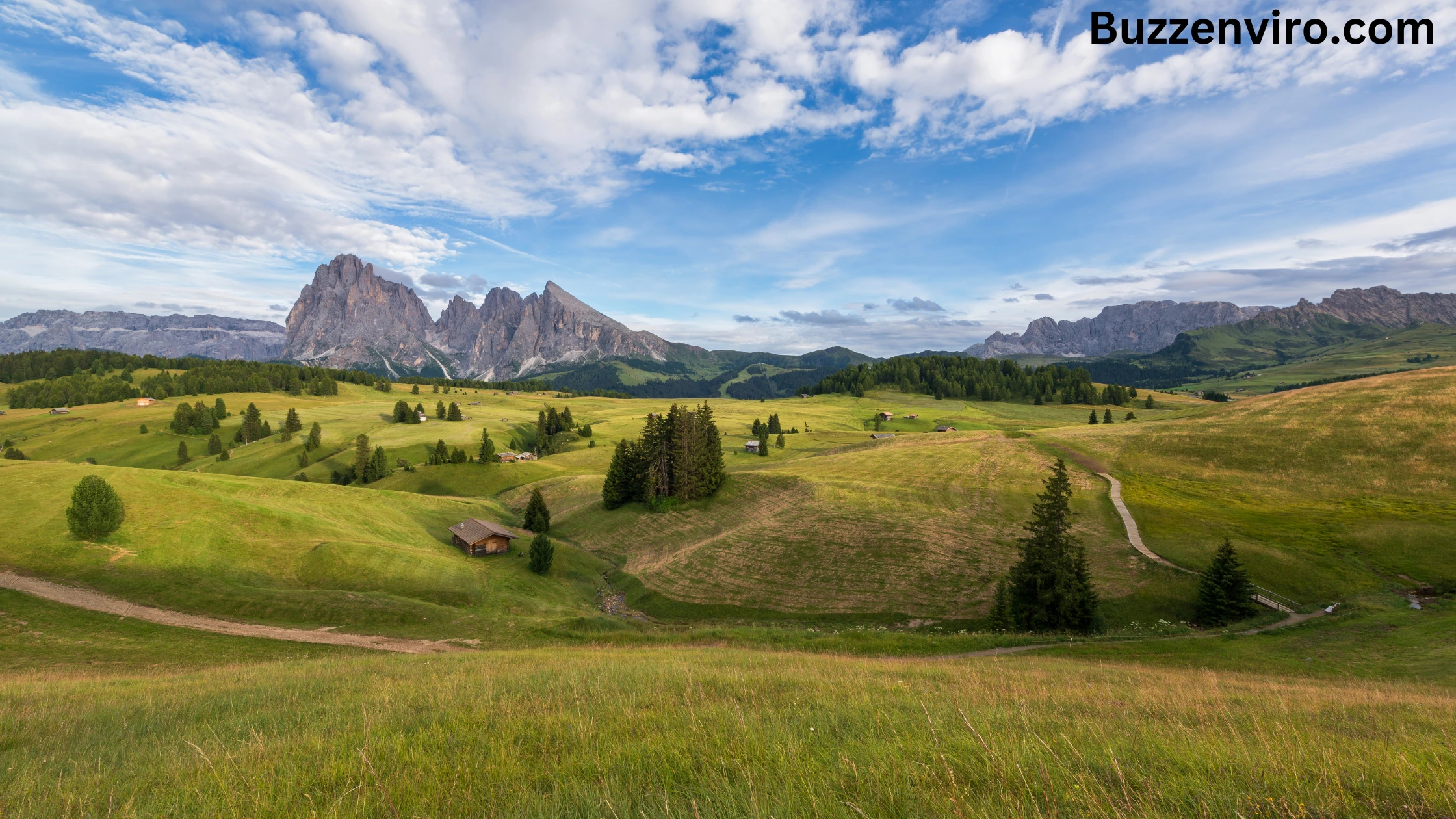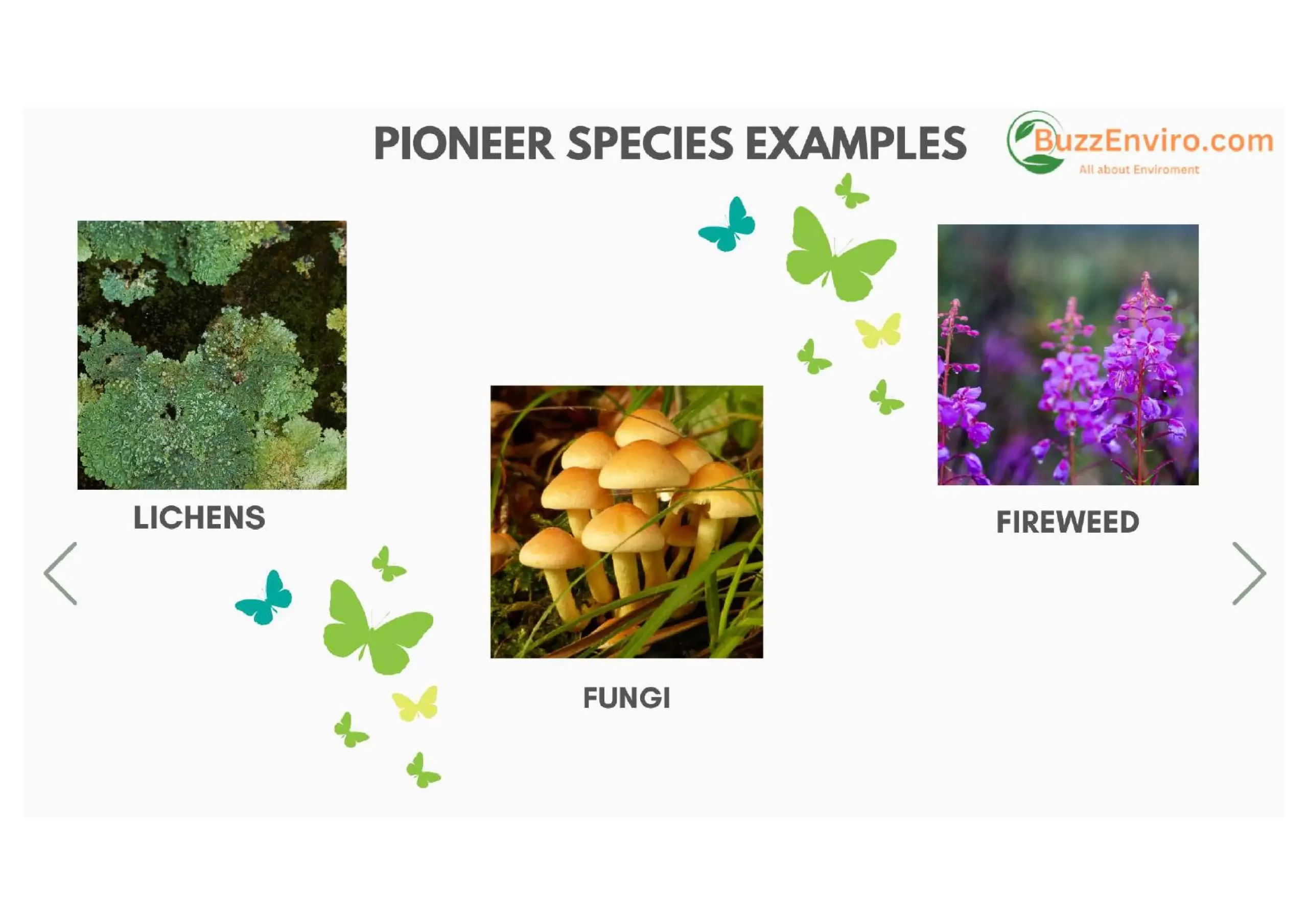Temperate grasslands are some of the most fascinating and vital ecosystems on Earth. Spanning large areas across continents like North America, Eurasia, and South America, these grasslands support an incredible diversity of plants, animals, and ecosystems. From the wide-open prairies of the United States to the steppes of Eurasia, temperate grasslands are home to a rich array of life forms. In this blog, we’ll explore what temperate grasslands are, the plants that thrive in these regions, the wildlife that depends on them, and their importance to the environment.
What Are Temperate Grasslands?
Temperate grasslands are expansive, open ecosystems that primarily consist of grasses and a few scattered shrubs or trees. These regions are characterized by moderate rainfall, dramatic seasonal temperature changes, and specific disturbances like droughts, grazing, and fires. Unlike tropical rainforests or deserts, temperate grasslands are found in the interior of continents, where the climate is more continental, meaning there are distinct seasons.
Temperate grasslands are known by different names depending on the region:
- Prairies in North America
- Steppes in Eurasia
- Pampas in South America
- Veldts in South Africa
- Outback in Australia
Despite regional differences, these ecosystems share similar features, including a dominance of grasses, moderate rainfall, and a variety of grazing herbivores and predators.
Key Features of Temperate Grasslands
1. Climate
Temperate grasslands experience a wide range of temperatures. Summers can be very hot, with temperatures soaring above 30°C (86°F), while winters can be cold, often dropping well below freezing. This extreme variation in temperature, coupled with moderate rainfall (between 250 mm and 900 mm annually), makes these ecosystems quite unique. Precipitation usually comes in the form of rain during the warmer months, with snow in the winter.
2. Soil
The soil in temperate grasslands is typically rich and fertile, making it one of the most productive ecosystems in the world. The combination of moderate rainfall and nutrient-rich soil supports the growth of grasses and some herbaceous plants. These fertile soils are ideal for agriculture, and many of the world’s most productive farming regions are found in temperate grasslands.
3. Vegetation
While trees are sparse in temperate grasslands, grasses dominate the landscape. Common species include blue grama, big bluestem, Indian grass, and buffalo grass. These grasses are well-adapted to survive the harsh conditions of the grassland, with deep root systems that can access water deep underground, helping them survive droughts and fires.
The vegetation in temperate grasslands also includes flowering plants like prairie clover and sunflowers, which add to the biodiversity of the ecosystem. However, due to the lack of frequent rainfall, the plant life in these regions is generally low-growing and resilient to grazing and fire.
5 Key Plants of Temperate Grassland
Temperate grasslands are home to a variety of plant species that are perfectly suited to the environment. Here are five key plants you’ll find in these regions:
1. Blue Grama (Bouteloua gracilis)
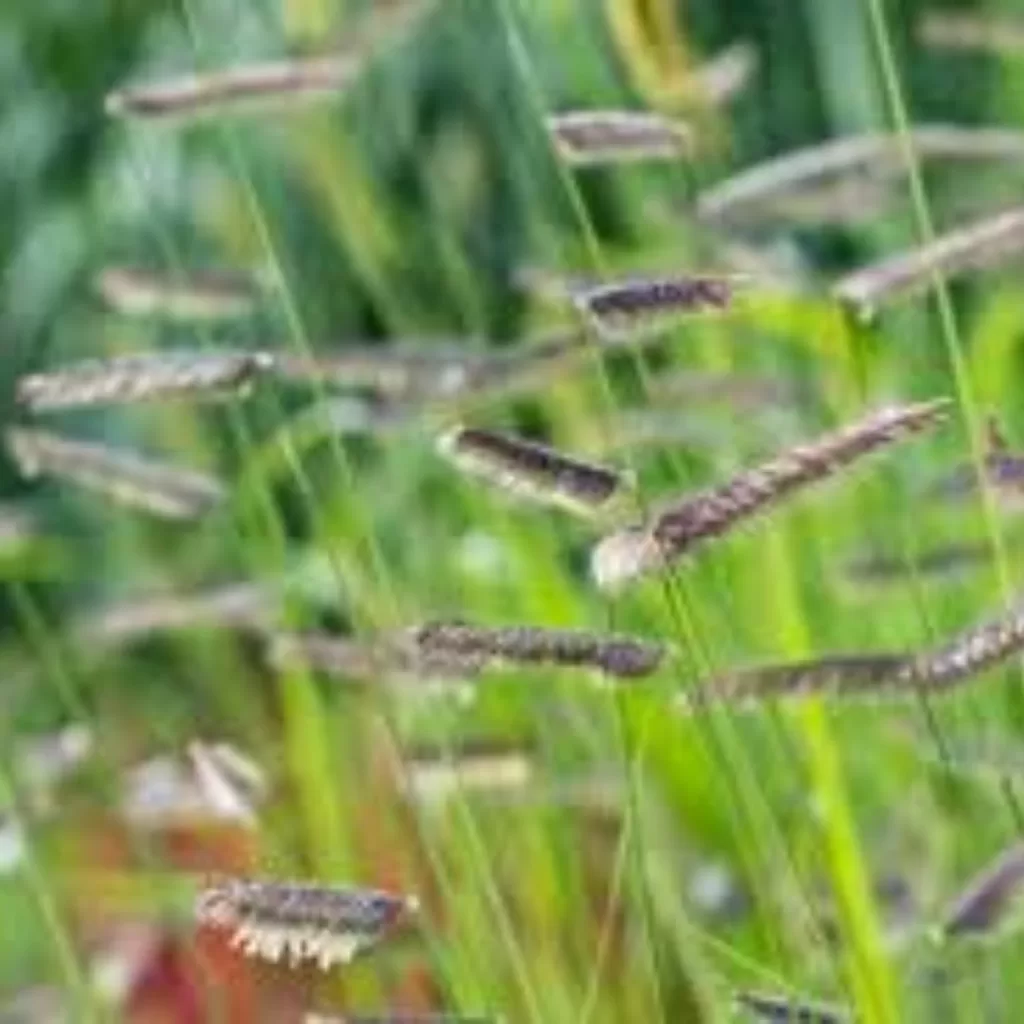
Blue grama is a drought-tolerant perennial grass that is one of the most dominant species in North American prairies. It has distinctive, curved seed heads and is crucial for stabilizing soil and preventing erosion.
2. Big Bluestem (Andropogon gerardii)
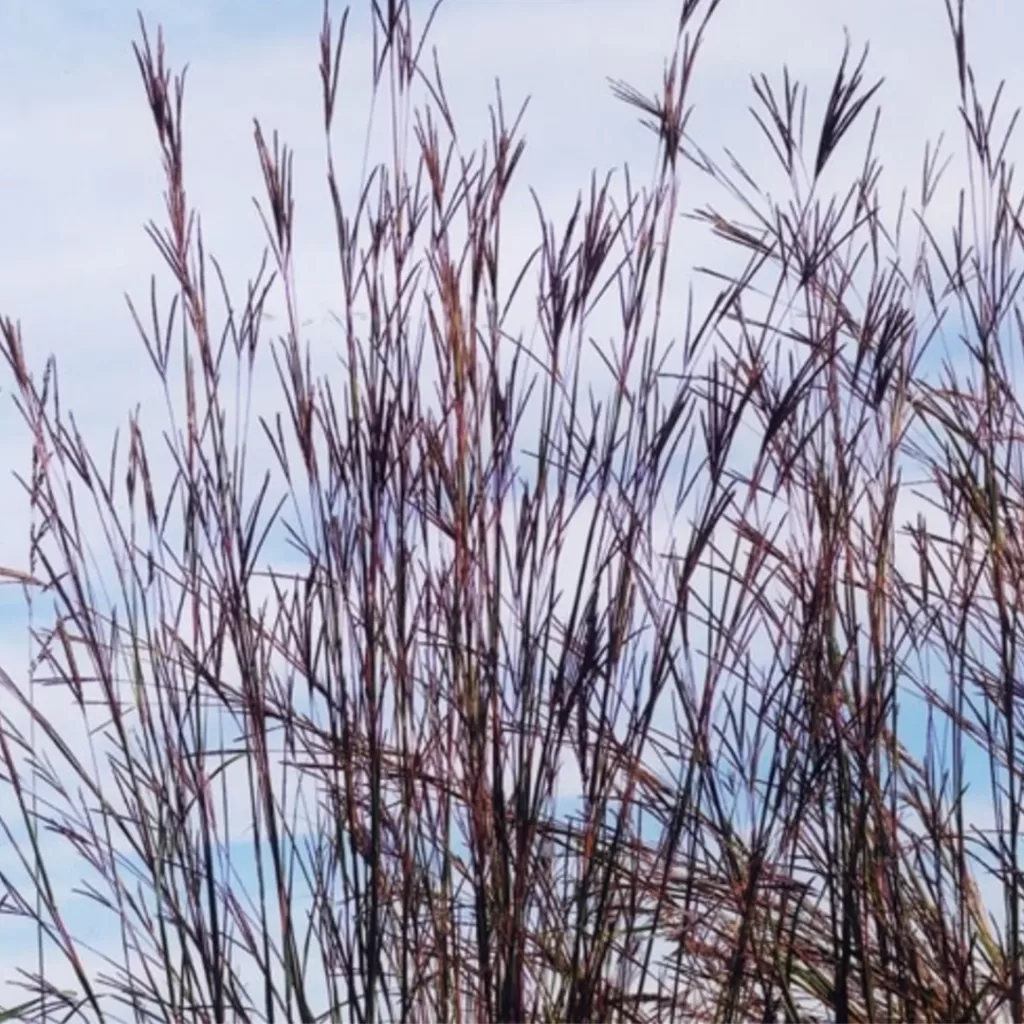
Known as the “King of the Prairie,” big bluestem can grow up to 3 meters tall. This tall grass plays a significant role in prairie ecosystems by providing food for herbivores and helping to maintain soil health.
3. Indian Grass (Sorghastrum nutans)
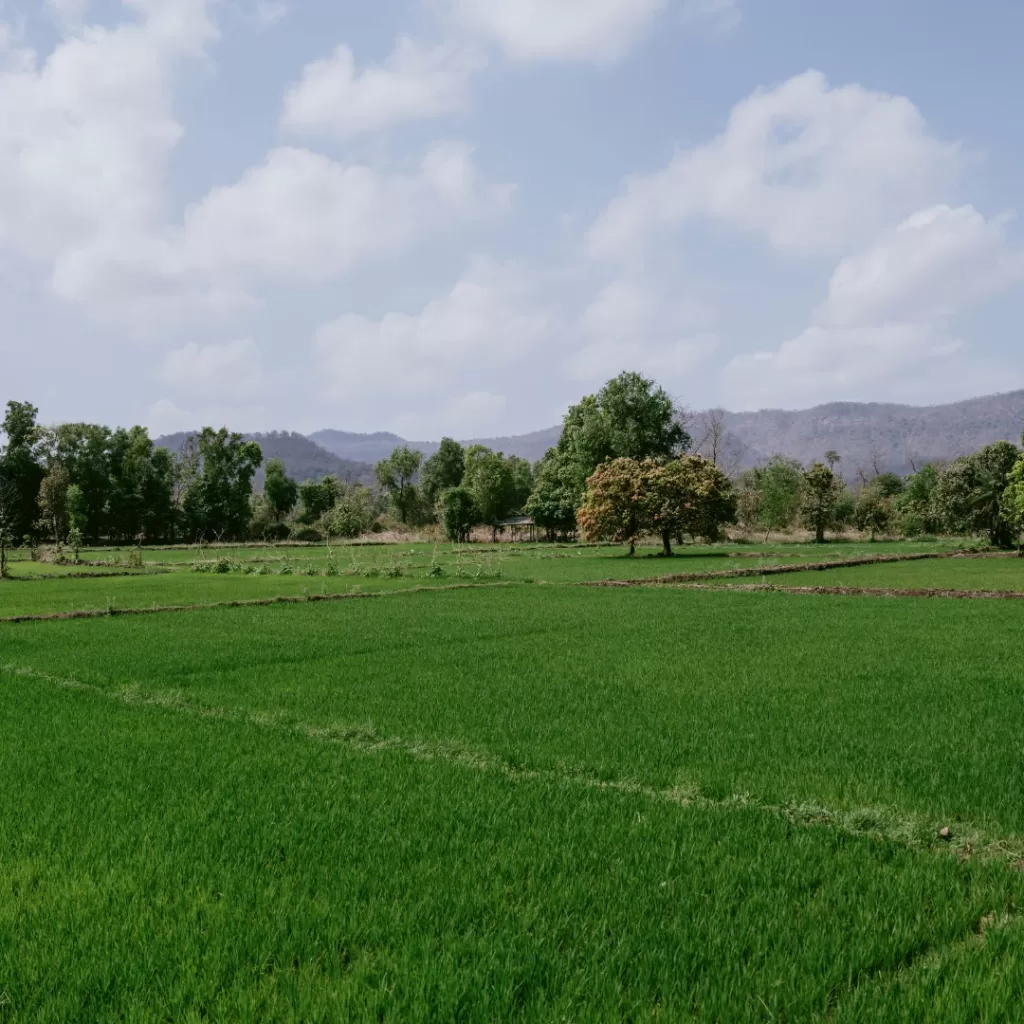
Indian grass is another tall grass found in North American prairies. It produces striking golden flower heads and is an important forage species for grazers like bison and antelope.
4. Prairie Clover (Dalea spp.)
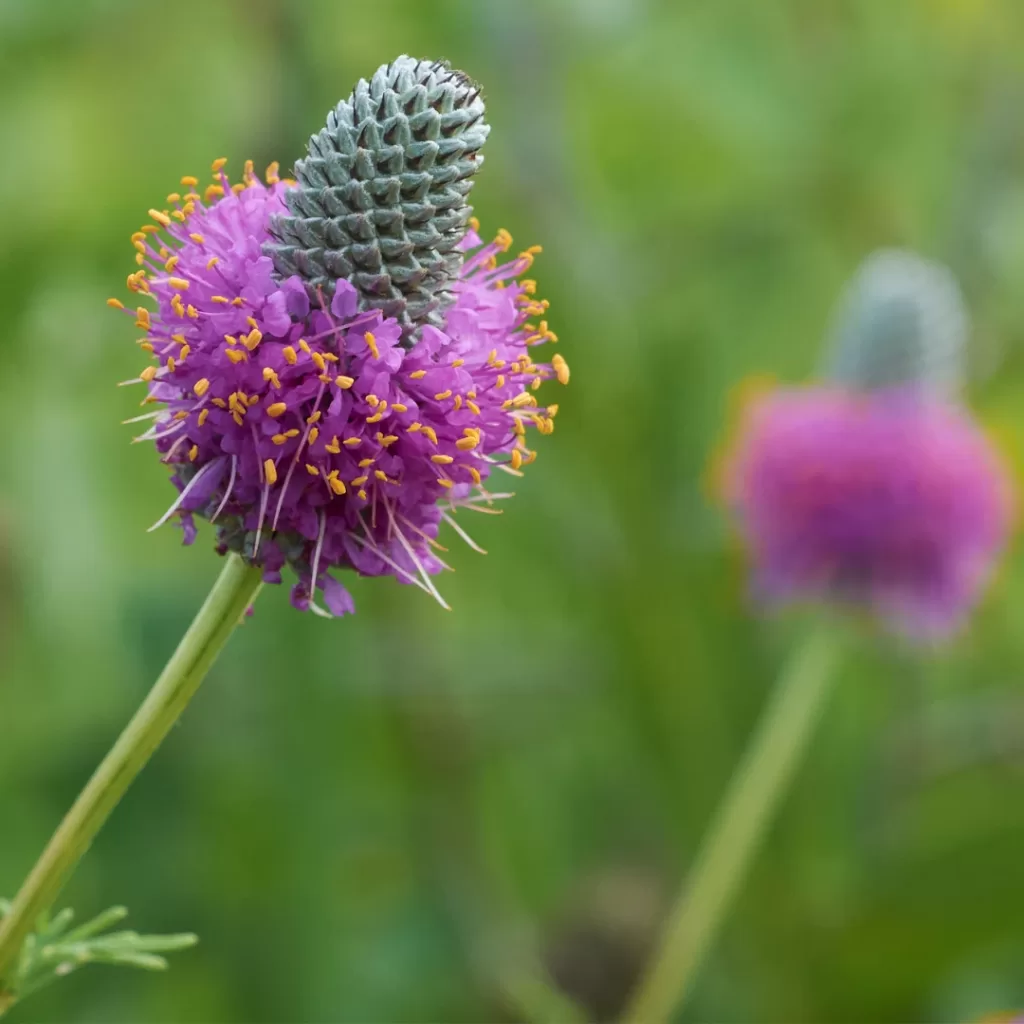
A legume species, prairie clover thrives in temperate grasslands and is known for its purple flowers that attract pollinators like bees and butterflies. Additionally, it fixes nitrogen in the soil, benefiting other plants by improving soil fertility.
5. Buffalo Grass (Bouteloua dactyloides)

Named after the bison that once roamed the Great Plains, buffalo grass is a short, drought-resistant grass that provides excellent grazing material for herbivores. It has deep roots that help it survive extreme weather conditions.
What Do Grassland Animals Eat?
Temperate grasslands support a wide range of herbivores, or grass-eating animals. These animals are adapted to the vast, open landscapes and rely heavily on the grasses and plants that dominate the ecosystem. Some common grassland grazers include:
- Bison:
These large mammals are iconic of the North American prairie, feeding primarily on grasses like blue grama and buffalo grass.
- Antelope:
Species such as the pronghorn antelope graze on the grasses that thrive in the temperate grassland ecosystem.
- Zebras and Wildebeest:
In African grasslands, these herbivores feed on the grasses that grow in the savanna and steppe environments.
- Grasshoppers and Insects:
A wide variety of insects, from grasshoppers to beetles, are found in temperate grasslands. These insects feed on grasses and plants, playing an important role in the food web.
These animals are crucial to the health of the ecosystem as they help control plant growth, prevent overgrazing, and contribute to nutrient cycling through their waste.
Temperate Grasslands and Predators
In temperate grasslands, the balance between herbivores and predators is vital to maintaining ecosystem health. Apex predators like wolves and cheetahs play an important role in regulating the populations of herbivores, preventing overgrazing, and ensuring the survival of plant species.
For example, wolves in North America or Eurasia prey on herbivores like elk, bison, and deer. This keeps herbivore populations in check and allows for more diverse plant growth. In Africa’s savannas, lions, cheetahs, and hyenas perform similar roles by controlling populations of zebras, wildebeest, and other grazing animals.
The Grassland Climate and Its Impact
The climate of temperate grasslands—characterized by hot summers and cold winters—has a profound impact on the plants and animals that inhabit these regions.
- Drought and Fire Resistance
Grasses in temperate grasslands are adapted to survive extreme weather events such as droughts and fires. Many species, like big bluestem and buffalo grass, have deep root systems that help them endure long dry spells and quickly regenerate after fires.
- Seasonal Changes:
The distinct seasons in temperate grasslands lead to plant dormancy during the winter months and rapid growth in the spring and summer. These seasonal cycles are crucial for maintaining plant diversity and supporting grazing animals.
Why Are Temperate Grasslands Important?
Temperate grasslands are not only vital habitats for a range of plant and animal species, but they also provide essential ecosystem services:
- Carbon Sequestration:
The deep roots of grassland plants store carbon, helping mitigate climate change by reducing the amount of carbon dioxide in the atmosphere.
- Biodiversity:
Grasslands support an incredible variety of species, many of which are found nowhere else in the world.
- Agriculture:
Rich, fertile soils make temperate grasslands crucial for food production. They support crops like wheat, corn, and barley, as well as grazing land for livestock.
Conclusion
Temperate grasslands are one of the most productive and vital ecosystems on Earth. From the deep-rooted grasses that sustain herbivores to the predators that regulate populations, every component of this ecosystem is interconnected. Despite the pressures they face from human activity and climate change, temperate grasslands remain critical for biodiversity, agriculture, and environmental stability. By understanding these ecosystems and their importance, we can better appreciate the need for their conservation and protection.
